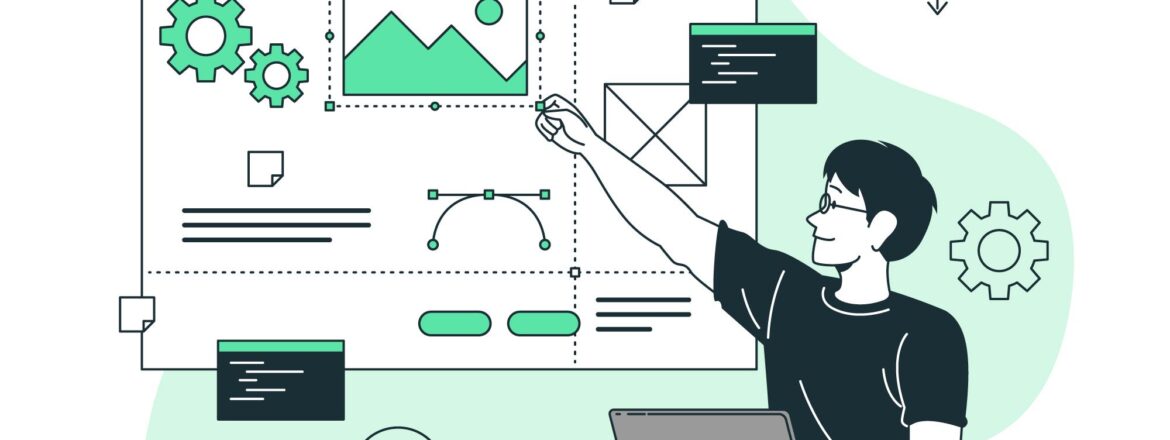- Phone: +91-(0)-977-354-1986
- Email: shrawan@crolog.com
How To Build A New Design For Your Project
elaborate online business services.
- Home
- How To Build A New Design For Your Project


- December 13, 2023
- Comments (0)
Designing a new project can be an exciting yet challenging task. Whether you are creating a website, an application, or a product, a well-thought-out design is essential for its success. Here is a step-by-step guide to help you build an effective and visually appealing design for your project.

1. Define Your Goals and Objectives
Before starting the design process, clearly define the purpose of your project. Ask yourself:
- What problem does this project solve?
- Who is the target audience?
- What are the key features or functions needed?
Having clear goals will guide your design decisions and ensure alignment with your project’s objectives.

2. Conduct Research and Gather Inspiration
Research is a crucial part of the design process. Analyze competitors and market trends to understand what works and what doesn’t. Collect design inspirations from platforms like Dribbble, Behance, and Pinterest to spark creativity and explore different styles.
3. Create a Wireframe or Sketch
Wireframes are the blueprint of your design. They outline the structure and layout without focusing on colors or details. Tools like Figma, Sketch, and Adobe XD can help you create wireframes easily. Alternatively, you can start with a simple sketch on paper to visualize your ideas.
4. Focus on User Experience (UX)
User experience plays a vital role in the success of your design. Consider the following principles:
- Simplicity: Keep the design clean and clutter-free.
- Accessibility: Ensure the design is usable for all audiences.
- Navigation: Make it easy for users to move through the interface.
- Responsiveness: Optimize for different devices and screen sizes.
Conduct usability tests early in the design process to identify potential issues.
5. Develop a Visual Identity
Your visual identity includes colors, typography, and imagery that reflect your brand. Choose a consistent color palette and font style that resonates with your audience. Use high-quality images and graphics to enhance visual appeal.
6. Create Prototypes
Prototypes help bring your design to life. Tools like InVision and Marvel allow you to create interactive mockups for testing and feedback. Prototyping helps you visualize user interactions and refine the design before development begins.
7. Gather Feedback and Iterate
Share your design prototypes with stakeholders and potential users to gather feedback. Identify areas that need improvement and make necessary adjustments. Iteration is key to achieving a polished and effective design.
8. Collaborate with Developers
Work closely with developers to ensure your design translates seamlessly into the final product. Provide design assets, style guides, and detailed instructions to make the development process smooth.
9. Test and Launch
Conduct thorough testing to ensure functionality and usability. Fix any bugs or inconsistencies before launching your project. After the launch, continue to monitor performance and user feedback for ongoing improvements.
Final Thoughts
Building a new design for your project requires creativity, research, and attention to detail. By following these steps, you can create a design that not only looks great but also serves its purpose effectively. Remember, design is an iterative process—don’t be afraid to experiment and refine your ideas until you achieve the desired results.

Leave A Comment